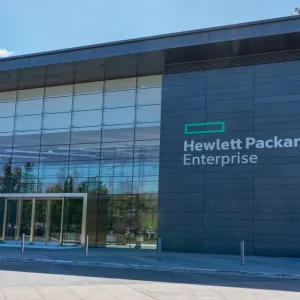Dermot O’Kelly, Senior Vice President Oracle UK, Ireland and Israel Technology
Enterprises are almost organic in the way they evolve. Take the way the best of them grow over time (both through customer acquisition and through mergers and acquisitions). When it comes to the IT systems that support these businesses the trend is unremittingly towards greater complexity. When one business buys another, the merger brings with it a new set of IT systems that need to be integrated into the wider organisation. Often this can lead to ‘fiefdoms’ of semi-autonomous IT, scattered throughout the enterprise and making independent decisions.
Moreover, as customers old and new grow in sophistication, so too do the demands they place on the businesses that serve them. For example, customers today demand he best possible experience when it comes to interacting with a brand. Enabling this front-end simplicity requires that the complexity of each customer interaction is moved to the organisation’s back-end systems – making things all the more complex for the business’ internal systems.
IT complexity is not therefore always a sign that things have gone wrong for a business. It is in fact often a necessary by-product of success and of modernisation.
But that does not mean organisations should simply lie down and accept IT complexity as an unavoidable evil. After all, IT complexities lead to lower profits, less innovation, reduced customer and user satisfaction and less competitive advantage.
Indeed, recent Oracle research has shown that organisations that have managed to reduce IT complexity within their businesses have been able to realise average annual benefits of $83 million. We also found that IT simplification drives a number of non-monetary benefits, including improved user productivity, faster time to market and better customer experience. A simplified IT infrastructure is therefore a key business enabler.
The good news for businesses is that there is a wide range of ways in which they can simplify their IT. The first is to abandon the traditional approach of trying to integrate the different IT ‘fiefdoms’ that emerge as a business grows. This integration is costly and time-consuming and more importantly is not what the IT department should be focussing on. Instead, businesses can invest in systems that have been engineered to work together from the outset and deploy them across the organisation. At a stroke, the IT ‘fiefdoms’ are broken down and replaced by a fully integrated and optimised IT system that reduces costs and allows IT to focus on what they should be doing – driving innovation and growth.
The days of businesses having to dedicate significant resources to managing complexity are numbered. The solutions to almost instantly reduce IT complexity already exist and are proven to help businesses improve their outcomes. Over the next couple of years those businesses that grasp this new reality and act on it are the ones that are set to meet with the most success.






